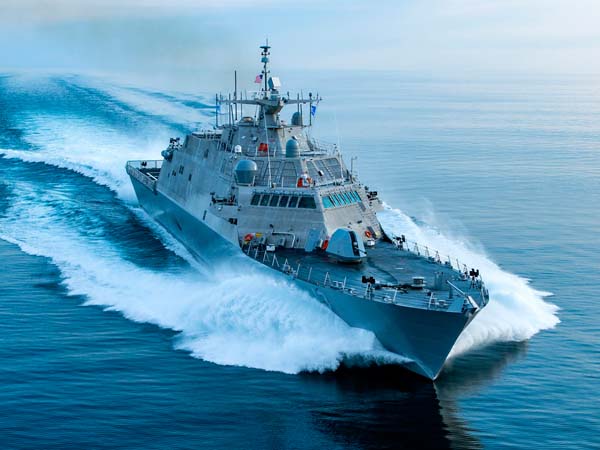
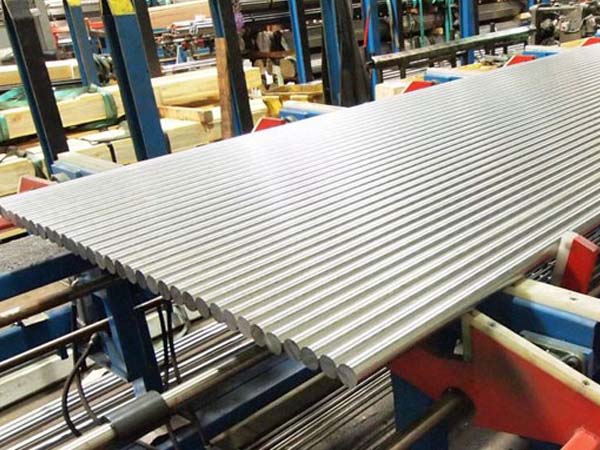

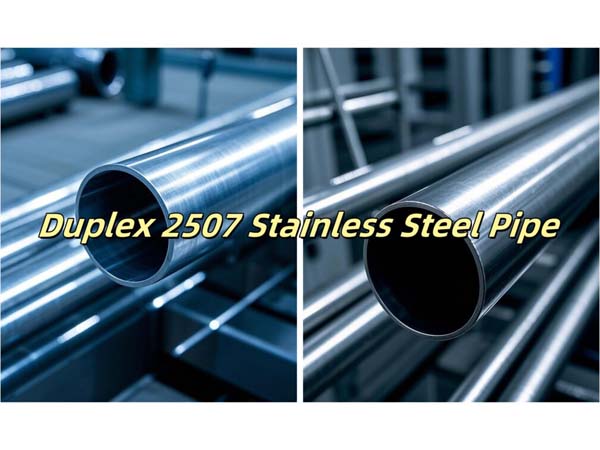
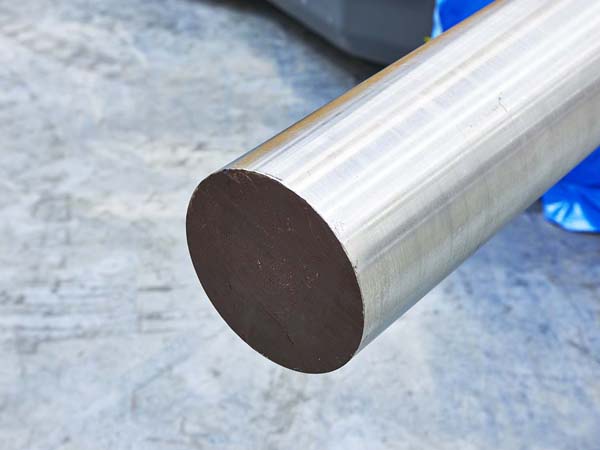

Phone
+86-731-82250427
Address
25th floor, C3 Building, Wanda Plaza, Kaifu District, Changsha, Hunan Province, China.
 Sep 19 2024
Sep 19 2024When choosing the right material for your project, particularly in demanding applications, selecting a stainless steel grade that offers a balance of strength, corrosion resistance, and machinability is critical. 431 stainless steel round bar is a high-strength, versatile alloy often considered for projects requiring enhanced mechanical properties and moderate corrosion resistance. But is it the best option for your project? Let’s explore this material from several key perspectives to help you decide.
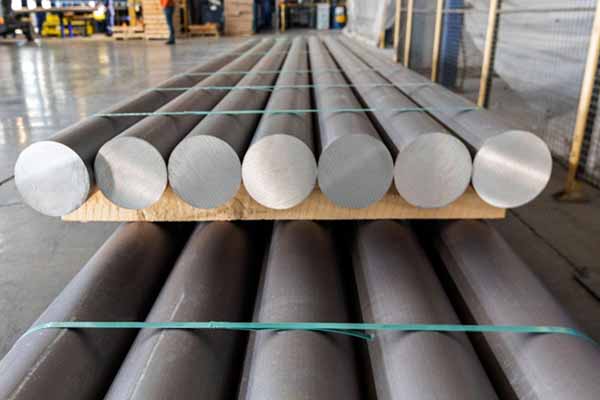
Chemical Composition and Alloying Elements: At its core, 431 stainless steel is a martensitic stainless steel that contains high levels of chromium (about 15-17%) and a small percentage of nickel (1.25-2.5%). These elements provide a unique blend of properties. Chromium, a key ingredient, is responsible for its corrosion resistance, while nickel improves toughness and resistance to brittleness, particularly after heat treatment. Therefore, understanding its chemical makeup is crucial for determining its suitability.
Mechanical Properties - Strength and Hardness: One of the most notable characteristics of 431 stainless steel round bar is its high tensile strength and hardness. When heat treated, it can achieve significantly higher strength levels than austenitic grades like 304 or 316. This makes it particularly useful for applications where components are subjected to heavy loads, high stress, or wear. For example, in marine environments, aerospace, or automotive industries, where shafts, gears, and bolts are exposed to mechanical forces, 431 stainless steel excels. Its ability to withstand mechanical fatigue and maintain dimensional stability under stress makes it ideal for rotating shafts and other high-strength components. This strength, however, comes with a trade-off: the alloy can become more brittle if not properly heat-treated, limiting its flexibility and toughness in certain applications.
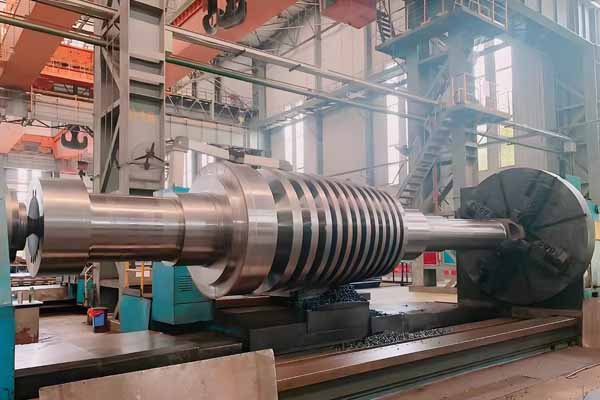
Corrosion Resistance in Moderate Environments: When it comes to corrosion resistance, 431 stainless steel offers moderate protection, especially in freshwater and mildly corrosive environments. The high chromium content forms a passive oxide layer on the surface, protecting it from rust and oxidation. However, it’s important to note that its corrosion resistance does not match that of 304 or 316 stainless steel, which are more suitable for highly corrosive conditions, such as marine environments with prolonged exposure to saltwater. In chloride-rich or acidic environments, 431 can be prone to pitting and crevice corrosion. Therefore, if your project involves exposure to aggressive chemicals or saltwater, you may need to weigh the trade-off between its mechanical advantages and its susceptibility to corrosion. For environments with moderate corrosion risks, such as chemical processing equipment or freshwater applications, 431 remains a robust and reliable option.
Machinability and Fabrication: As a martensitic stainless steel, it’s harder to machine than austenitic grades like 304, especially after hardening. Welding is another factor to consider. 431 stainless steel is less weldable compared to lower-alloyed grades due to its tendency to crack under high heat. If your project requires significant welding, careful pre-heating and post-weld treatment are necessary to avoid cracking and maintain material integrity.
Is 431 Stainless Steel the Best Option for You? Determining whether 431 stainless steel round bar is the best option for your project depends largely on your specific application needs. If high strength, hardness, and moderate corrosion resistance are critical to your project—especially in environments with mechanical stress but not prolonged chemical exposure—431 is an excellent choice. Applications such as marine shafts, valve components, and pump parts stand to benefit from its combination of strength and reasonable resistance to wear and corrosion. However, if your project involves highly corrosive environments, such as chemical processing or prolonged saltwater exposure, you may want to consider other stainless steel grades like 316, which offer superior resistance to harsh conditions at the cost of lower strength.
